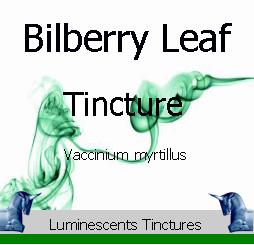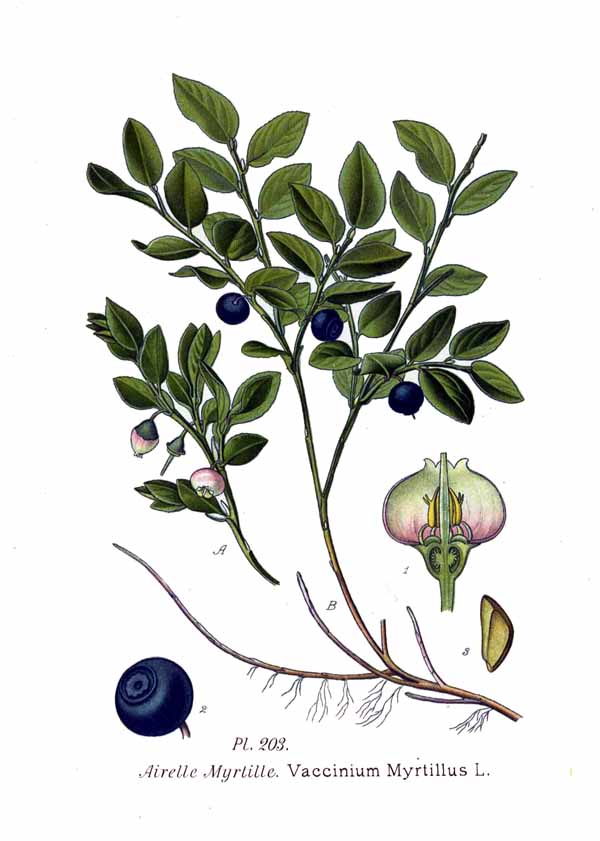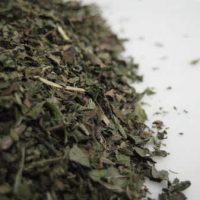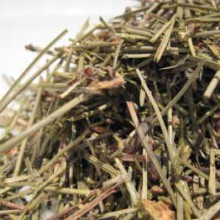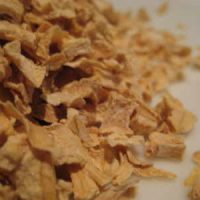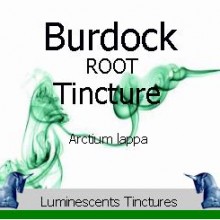Vaccinium myrtillus, from which Bilberry Leaf Tincture is extracted from its fruits, is also known variously as European Blueberry, Airelle, Dyeberry, Whortleberry, Wineberry or Huckleberry and has been used for centuries, both medicinally and as a source of food in jams and pies.
It is a shrubby plant that grows mostly in moderate climates of the world. The Bilberry is part of a species of 200 berry-producing plants that produce edible fruits. The plant is mostly native to the forests of Europe, but also grows well in certain parts of the United States. The bitter energy of this herb is responsible for its healing and medicinal properties.
Medicinal Uses of Bilberry Leaf Tincture:-
Herbalists around the world continue to report effective results of this herb. It is popularly used as an anti-aging herb, and is widely taken as an over-the-counter drug in Europe. The bitter compounds are know to inhibit collagen destruction, scavenge free radicals, reduce capillary expansion, increase blood circulation to peripheral blood vessels and the brain, reduce inflammation and pain and relieve muscle spasms.
The leaf and fruit is so effective that a single dose is said to improve one’s night vision within hours although this editor is not at all sure there is any evidence to support such a claim at all
Bilberry fruit and, particularly, the Bilberry Leaf, has traditionally been used by herbalists to treat bruising, varicose veins, poor night vision, cataract, poor circulation, Raynaud’s disease, rheumatoid arthritis, gout and periodontal disease, and circulation complications due to diabetes.
Even more important is its herbal use to regulate high blood sugar associated with adult onset diabetes. The leaves are usually made into a tea, or liquid extract (this product) and taken three times a day. The control of diabetes in the short term is one’s blood sugar is lowered and long term, one’s circulatory system is preserved. Connective tissue is not destroyed and capillaries function more normally. This is important because of the complications of blindness (diabetic retinopathy), and peripheral nerve damage associated with diabetes.
In other chronic degenerative diseases, like rheumatoid arthritis, the inflammation and pain are reduced while damage to connective tissue is kept to a minimum according to “The Journal of the Certified Natural Health Professional”.

